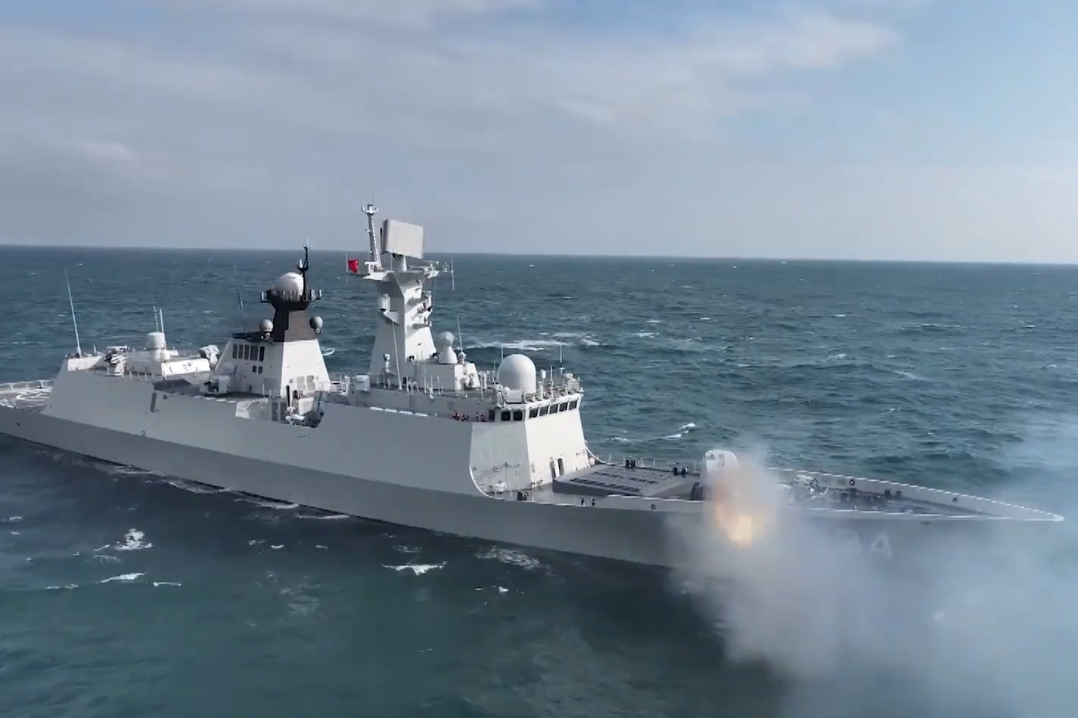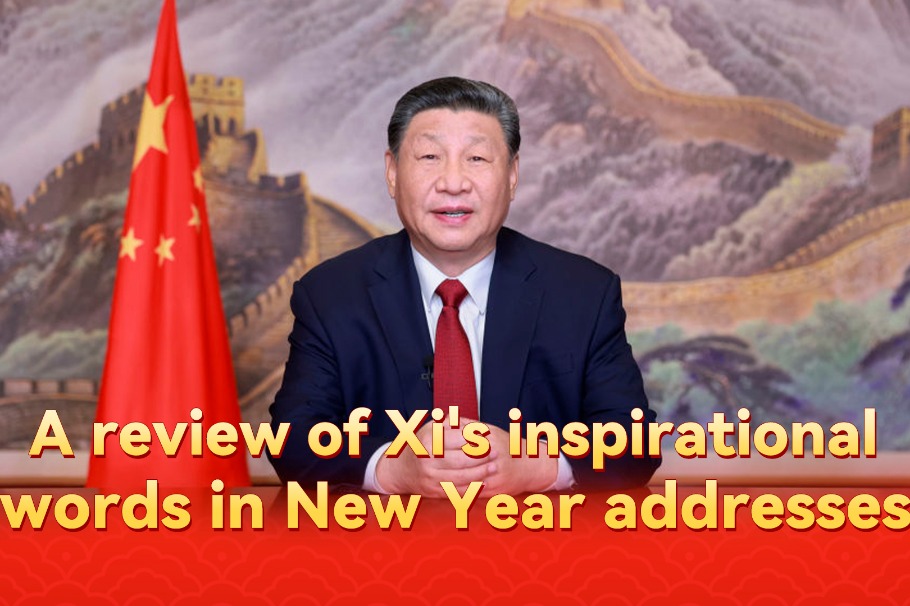Nation's Jan-Feb trade wows
By LIU ZHIHUA | China Daily | Updated: 2022-03-08 07:38

Imports, exports up 13.3% y-o-y in first 2 months on strong demand
The vigorous performance of China's foreign trade in the beginning of the year again showed the strong resilience of the Chinese economy, and the nation is expected to achieve its goal of stabilizing foreign trade growth throughout the year despite various challenges, according to officials and experts.
The multiple policy measures the Chinese government will continue to implement to support foreign trade growth, as included in the Government Work Report, will inject more vitality into the sector, they said, adding that overseas demand may rise thanks to the nation's stable industrial and supply chains amid global uncertainties, although COVID-related demand for Chinese exports is likely to soften.
The General Administration of Customs said on Monday China's imports and exports totaled 6.2 trillion yuan ($980 billion) in the first two months of the year, up 13.3 percent from a year ago.
Exports over the period surged 13.6 percent year-on-year to 3.47 trillion yuan, while imports hit 2.73 trillion yuan, growing 12.9 percent on a yearly basis.
"These figures showed a stable performance of the nation's foreign trade at the beginning of the year, despite the increasing complexity and uncertainty of external conditions," said Li Kuiwen, director-general of the GAC's statistics and analysis department.
The achievement was mainly thanks to the strong resilience of the Chinese economy, which has long-term healthy fundamentals, as well as the effects of policy measures targeted at stabilizing growth, Li said.
The Government Work Report delivered by Premier Li Keqiang on Saturday said China will adopt a package of steps to stabilize foreign trade this year.
Measures include expanding coverage of export credit insurance for micro, small and medium-sized foreign trade enterprises, refining foreign exchange services, expediting the process for export tax rebates, and helping foreign trade enterprises receive orders and maintain production.
The country will also move faster to develop new forms and models of foreign trade, give full play to the role of cross-border e-commerce, and support the establishment of overseas warehouses.
Yu Miaojie, deputy dean of Peking University's National School of Development, has an upbeat take on China's exports this year, because China has a comprehensive and stable industrial chain while many other countries' industrial chains are disrupted by various factors.
Data from the GAC show China's trade with the European Union, the Association of Southeast Asian Nations and the United States during the first two months grew 12.4 percent, 10.5 percent, and 9.7 percent, respectively. The trade values were 874.64 billion yuan, 870.47 billion yuan and 785.92 billion yuan, respectively.
Moreover, its trade with economies along the Belt and Road hit 1.92 trillion yuan, surging 18.3 percent from a year ago. The growth rate was 5 percentage points higher than the nation's total foreign trade growth.
The trade value with fellow Regional Comprehensive Economic Partnership economies also surged 9.5 percent to 1.85 trillion yuan.
Zheng Lei, vice-president of the Hong Kong International New Economic Research Institute, said China's vigorous foreign trade performance in the first two months was, to a large extent, due to its competence in meeting overseas demand while global industrial and supply chains have yet to resume stable operations.
Although pandemic-related demand for Chinese products may decline over time, trade with European countries is likely to grow, he said.
Bai Wenxi, chief economist at IPG China, said the trade achievements made by private foreign trade enterprises (16.1 percent year-on-year growth in trade) and the electromechanical sector (9.9 percent year-on-year growth in exports) indicate a rise in China's foreign trade quality and its capability for continuous growth.
Deeper implementation of the RCEP agreement, which took effect on Jan 1, will also increasingly propel growth of China's foreign trade, he added.
Liang Haiming, dean of Hainan University's Belt and Road Research Institute, said China's efforts to promote trade cooperation with other BRI economies will also pay off to support the nation's overall trade performance.
However, Zheng said stronger measures are expected to further help private foreign trade enterprises, which face challenges from high-level costs and market instability.
- Highlights from CPPCC news conference
- Full text: The Report on Human Rights Violations in the United States in 2021
- Aligning with high-level global trade rules
- Xi Focus: The Chinese way of fighting coronavirus for safety, growth
- Understanding the new development stage, applying the new development philosophy, and creating a new development dynamic
























